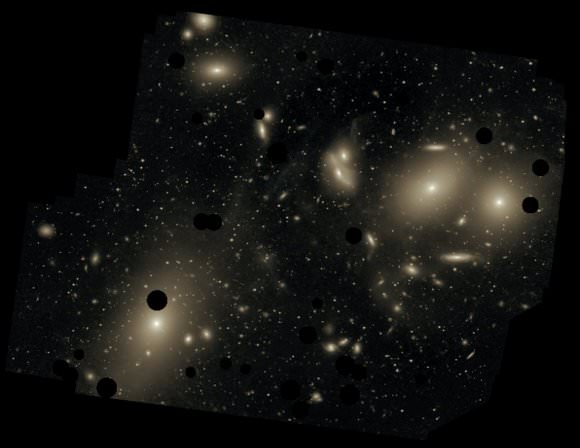[/caption]
The U.S. Air Force began upgrading its ability to predict possible collisions in space after two satellites collided in February 2009, and has now done a collision analysis on over 800 maneuverable satellites. They hope to be able to track 500 more non-maneuvering satellites by year’s end. But maneuverable satellites aren’t the problem. The amount of space debris has risen by 40 per cent in the past four years alone. The Air Force Space Command now tracks 21,000 orbiting objects that are 10 centimeters or more across – including the 800 working satellites – and estimates that there are 500,000 smaller fragments in orbit.
“Our goal now is to do that conjunction assessment for all active satellites, roughly around 1,300 satellites, by the end of the year and provide that information to users as required,” said Lieutenant General Larry James, U.S. Strategic Command’s Joint Functional Component Command for Space, speaking at the Strategic Space Symposium this week in Omaha, Nebraska.
Some of the 500 satellites still to be assessed cannot be maneuvered in orbit because they are not functioning, or do not carry extra fuel that would be needed to move them once in orbit.
At another conference this week, the European Air and Space Conference in Manchester, UK, Hugh Lewis of the University of Southampton estimated the number of close encounters between objects in orbit will rise 50% in the next decade, and quadruple by 2059. The number of pieces of space debris has risen by 40% in the past four years alone.
Countermeasures by satellite builders and operators to avoid additional space debris are encouraged, but they add to the cost of missions.
Lewis has determined that compared with the 13,000 close approaches per week now, he projects there will be 20,000 a week in 2019 and upwards of 50,000 a week in 2059. From this he predicts that satellite operators will have to make five times as many collision avoidance maneuvers in 2059 as they will in 2019. “There’s going to be a big impact,” says Lewis. “You’re going to need more tracking to remove uncertainty about close approaches and undertake more maneuvers.”
Sources: Reuters, New Scientist


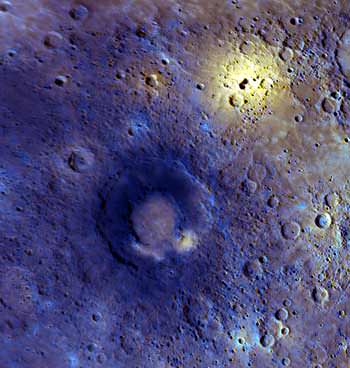
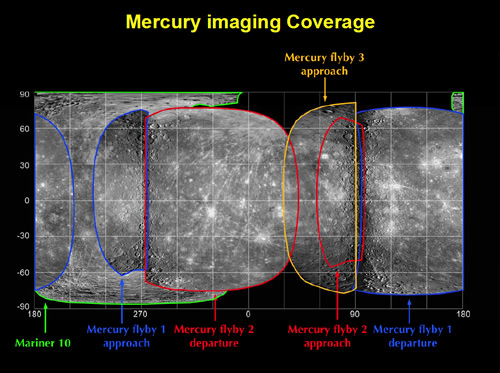
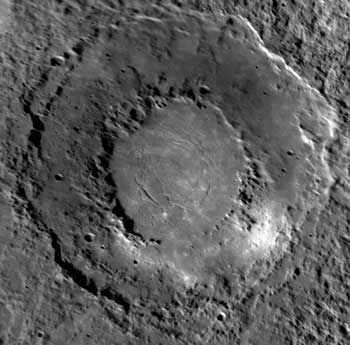
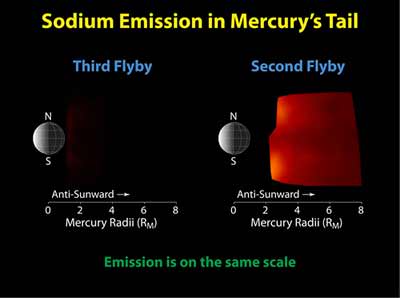
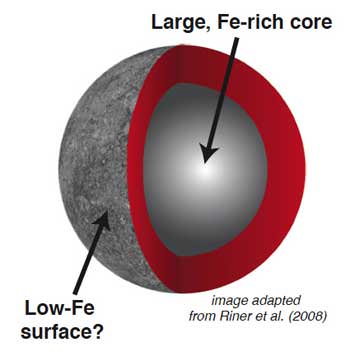
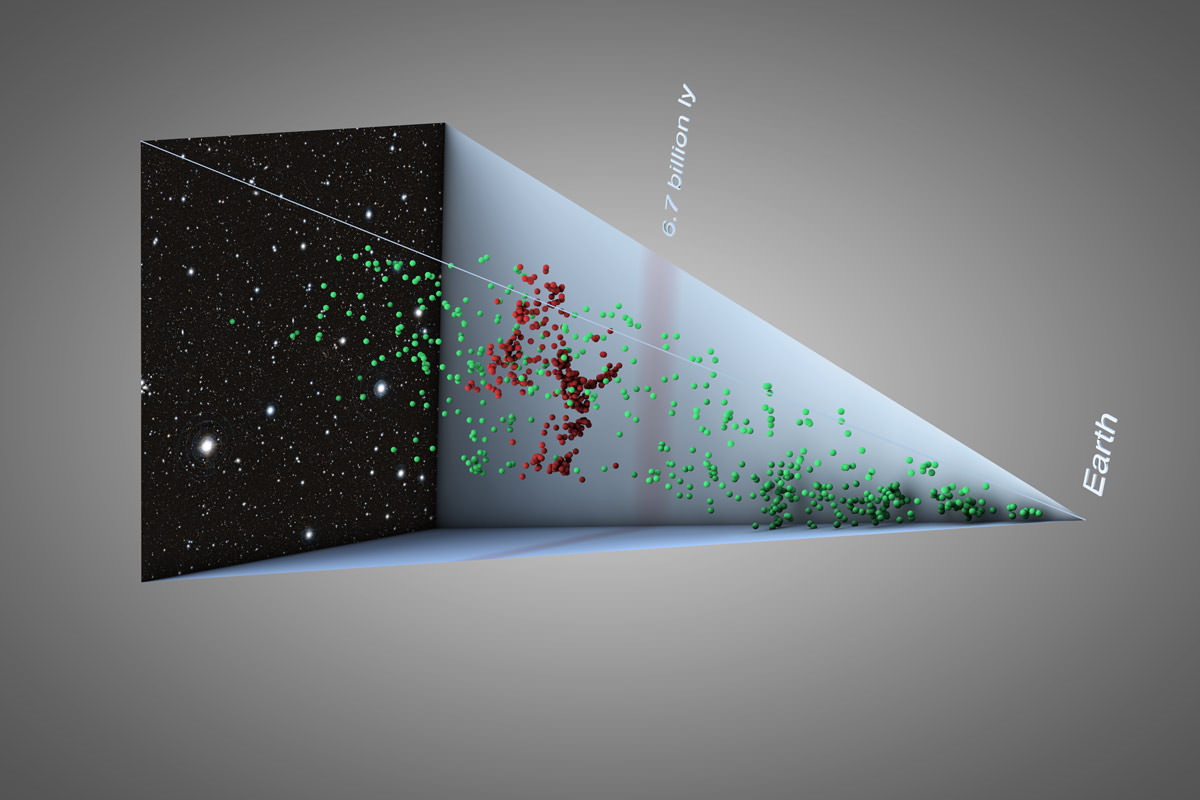
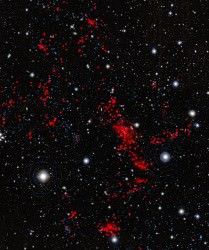
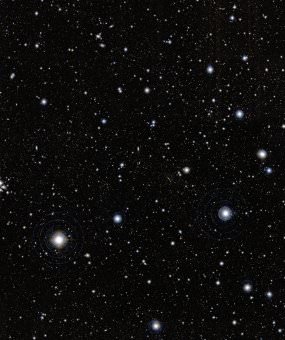
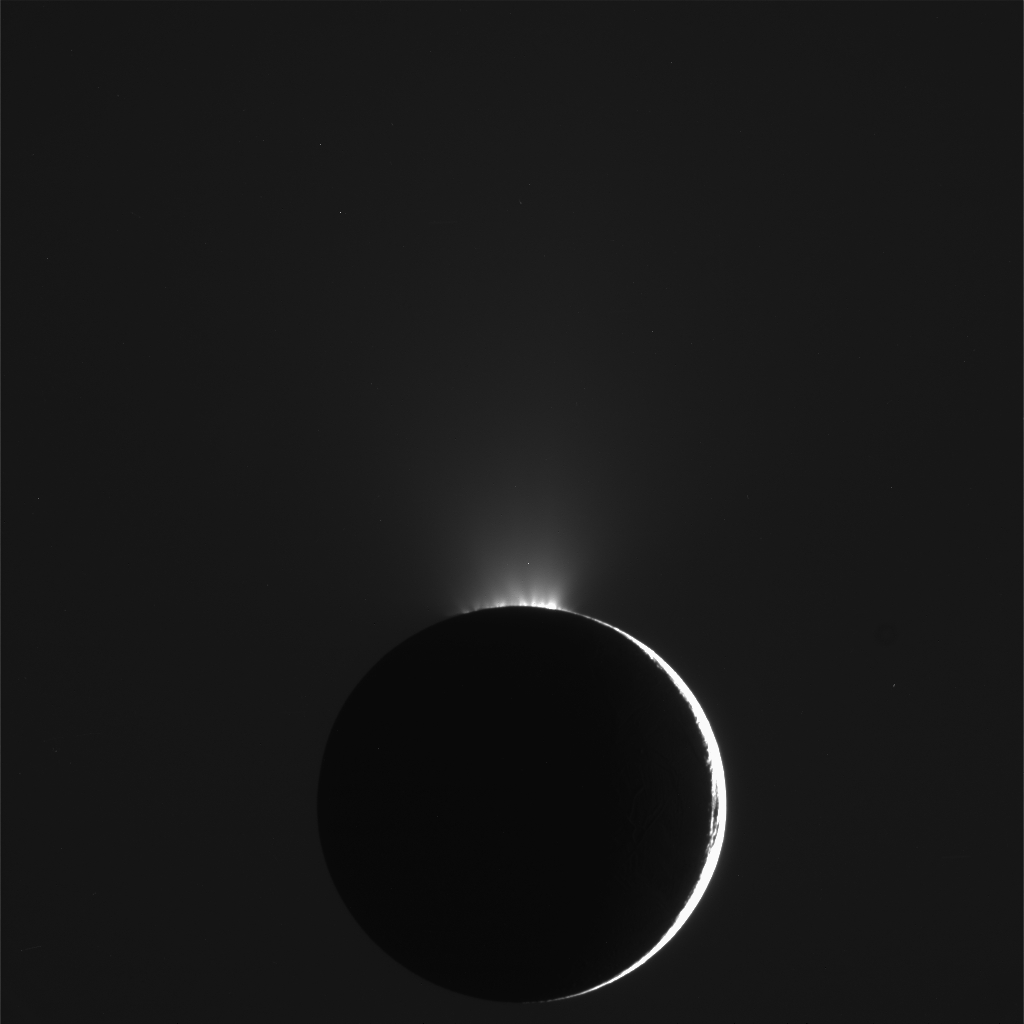
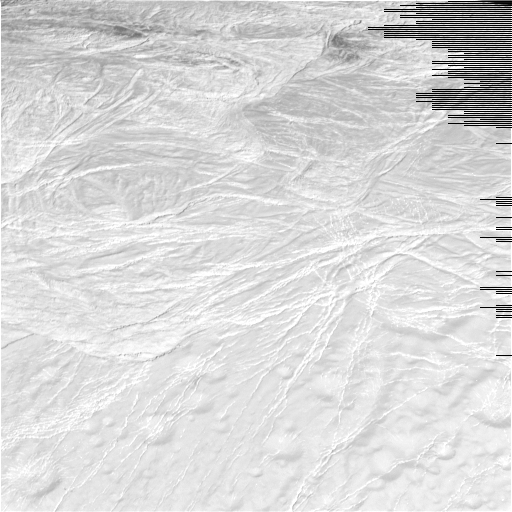
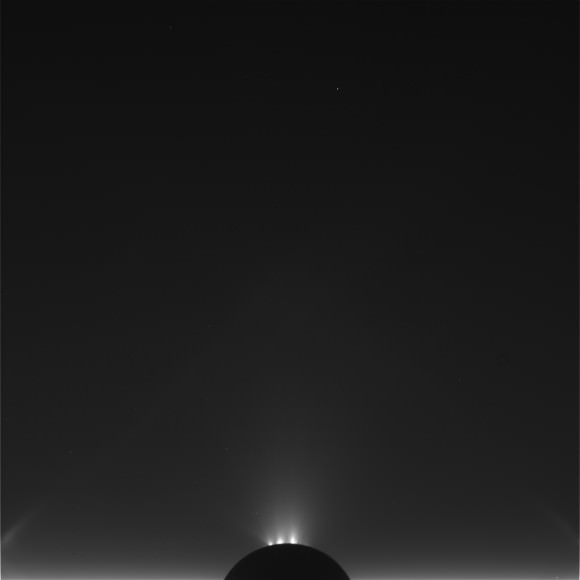
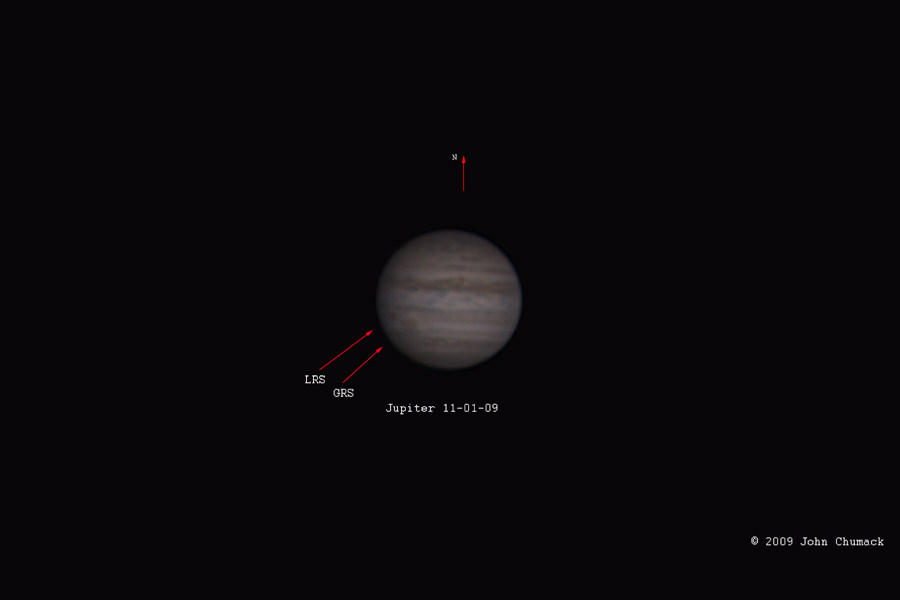
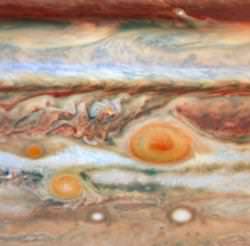
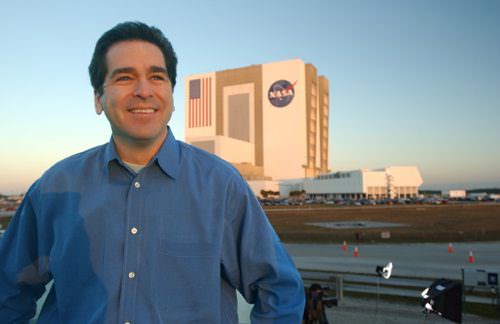
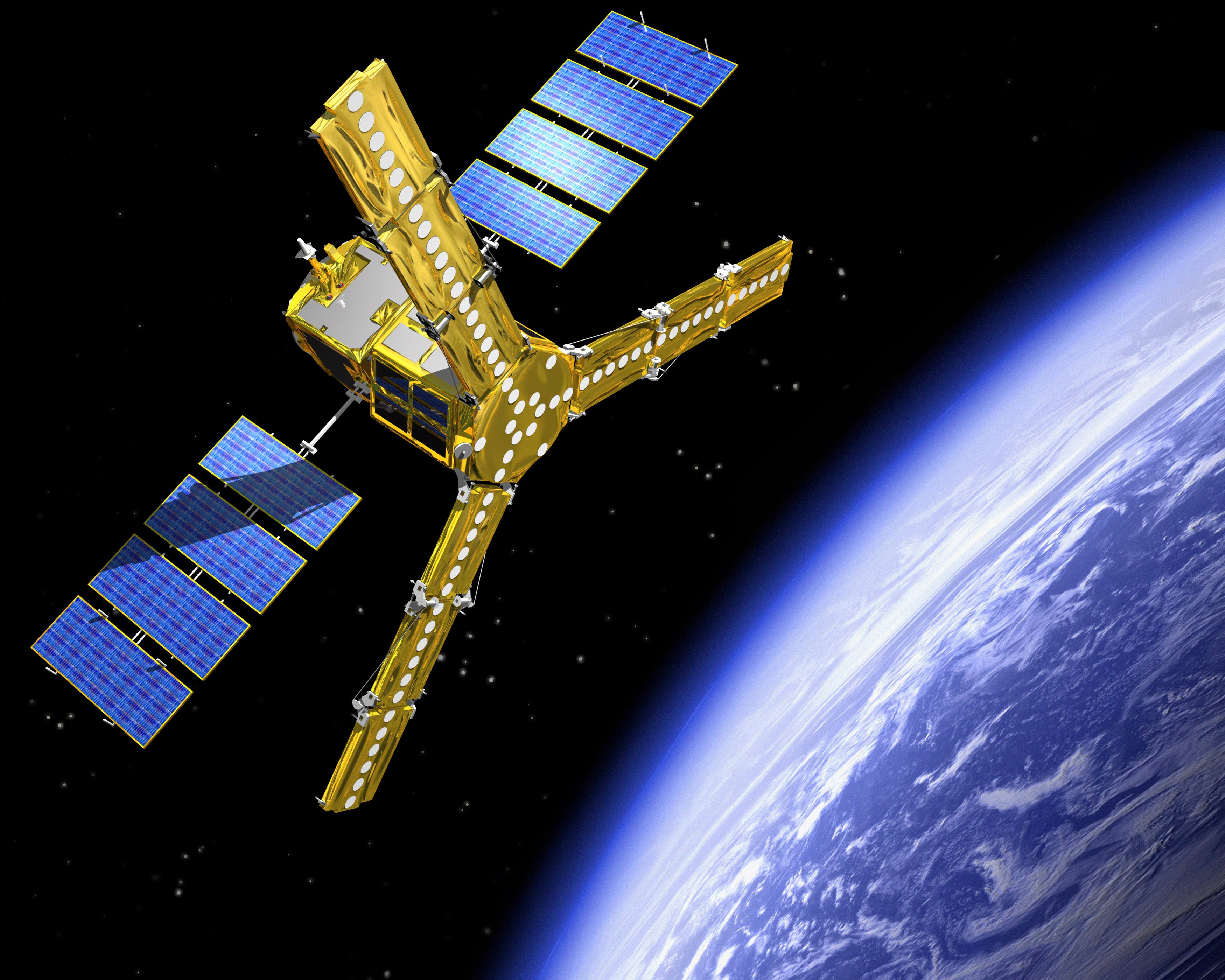
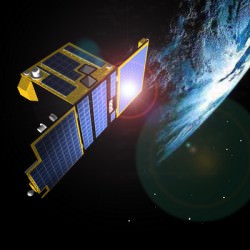 The other satellite piggybacking on the SMOS mission launch is the suitcase-sized Proba-2, part of a series of missions in the ESA’s
The other satellite piggybacking on the SMOS mission launch is the suitcase-sized Proba-2, part of a series of missions in the ESA’s 